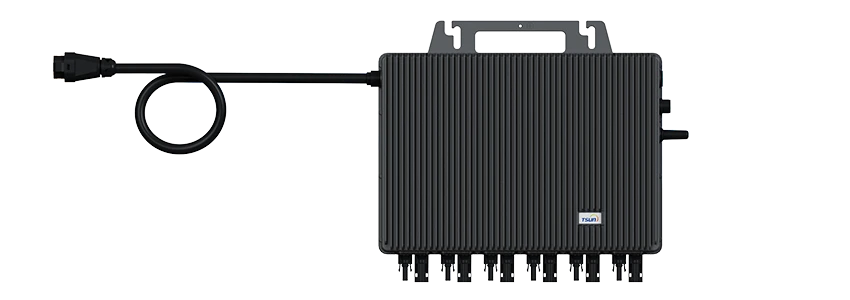In the evolving landscape of solar technology, homeowners and commercial clients often face the decision between single inverters and microinverters for their photovoltaic systems. Both technologies are vital to solar energy conversion, turning Direct Current (DC) from solar panels into Alternating Current (AC) that powers homes and businesses. However, the choice between these two can significantly impact the efficiency, reliability, and scalability of the solar power system.

Single inverters, also known as string inverters, have long been the traditional choice for many solar installations. The technology is straightforward multiple solar panels are connected in series to form a string, and the DC electricity generated is sent to a single inverter, which converts it to usable AC power. This centralized approach makes single inverters cost-effective and generally easier to install, given their consolidated nature. Additionally, these inverters have undergone decades of innovation and development, enhancing their reliability and lifespan.
Yet,
the simplicity of single inverters can also be a limitation. One of the critical drawbacks is that the performance of the entire string of panels is dependent on the lowest-performing panel. For instance, if one panel is shaded, dirty, or malfunctioning, it can reduce the efficiency of the entire system. This characteristic can be a significant concern in areas with partial shading or where roof space forces the panels to face different directions.

In contrast, microinverters offer a decentralized solution by mounting a small inverter on the back of each solar panel. This setup allows each panel to operate independently, capturing the maximum possible sunlight and converting it into AC power on a per-panel basis. The most notable advantage is the ability of microinverters to optimize the performance of each solar panel individually. Therefore, a shading issue on one panel does not influence the output of others, making microinverters an excellent choice for complex installations with various orientations and shading conditions.
Microinverters also enhance system reliability. With each panel equipped with its own inverter, the system avoids a single point of failure. If one microinverter experiences a problem, only the attached solar panel is affected, while the remaining panels continue to generate power. This concept significantly increases the overall fault tolerance of the solar setup.
single inverter vs microinverter
Furthermore, microinverters often simplify system monitoring and maintenance. They typically include advanced data tracking and monitoring software, allowing homeowners and technicians to inspect the performance of each panel individually. This feature allows for early detection of issues and can lead to reduced maintenance costs over time.
However, microinverters are not without their challenges. The initial cost is one factor, as microinverters tend to be more expensive on a per-watt basis compared to single inverters. Additionally, since microinverters are mounted on the roof under the panels, they may be more susceptible to environmental factors such as heat and moisture, potentially reducing their lifespan compared to well-ventilated single inverters installed in shaded or sheltered locations.
Ultimately, the decision between single inverters and microinverters should be informed by the specific needs and constraints of the installation environment. Factors such as roof size, shading, budget, and performance expectations should all be evaluated. While single inverters remain a valid and effective choice for many, especially where budget constraints exist, the flexibility and growing affordability of microinverters are making them increasingly popular.
In summary, the adoption of either inverter technology should reflect a comprehensive assessment of the site's solar potential, installation conditions, and long-term energy goals. Whether it’s seeking maximum energy output from a partially shaded area or optimizing system reliability and maintenance tracking, both single inverters and microinverters have unique benefits that cater to different priorities and applications in the solar market.
 LEARN DETAILS
LEARN DETAILS



